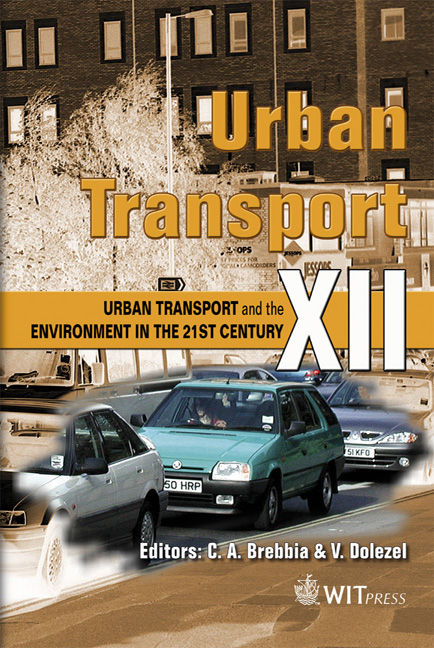Use Of Geospatial Information And Remote Sensing Data To Support Improved Roadway Access Management
Price
Free (open access)
Transaction
Volume
89
Pages
13
Published
2006
Size
918 kb
Paper DOI
10.2495/UT060471
Copyright
WIT Press
Author(s)
R. R. Souleyrette, P. E. Plazak & D. J. Plazak
Abstract
Urban and suburban roadways serve two distinct and sometimes conflicting purposes: providing mobility and allowing access to land and land developments. High-level urban roadways (e.g. arterials) should primarily serve mobility needs of travellers and goods. Low level, local roadways should primarily allow for land development access. Arterials that allow too much direct land access fail to function properly in terms of both traffic operations and safety. Such roadways are in need of access management. The operational and safety benefits of access management are impressive; access management has been shown to reduce crash rates on urban and suburban arterials by up to 40 to 50 percent. Identification of access management problem corridors (or corridors with excellent crash reduction potential) can be done in several ways. Physical features inconsistent with good access management practices can be identified. Alternatively, crash records can be used to identify outbreaks of crash types associated with poor access management. Ideally, both approaches may be used together. This paper will highlight four examples from the State of Iowa in the United States of the use of remote sensing imagery to extract access features and crash records to identify corridors with the most promise for improving safety through better access management. All four of these research studies are now being used by the Iowa Department of Transportation and/or metropolitan planning organizations in Iowa to improve the safety and operational performance of their urban arterials and other major roadways. Applications discussed in this paper include using remote sensing for estimating the level of access management, high priority commuting corridor identification the state of Iowa, regional access management planning for the Des Moines, Iowa USA metropolitan area, and the use of remote sensing for land use change detection and traffic monitoring. Keywords: access management, GIS, remote sensing, highway and road safety, land use.
Keywords
access management, GIS, remote sensing, highway and road safety, land use.





